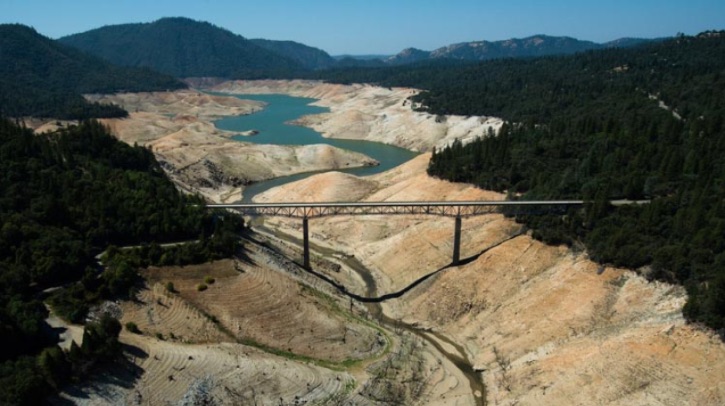The Biden-Harris Administration has awarded US$4.9m in funding to NOAA’s labs and research partners to improve drought monitoring and prediction in the American West.
Drought prediction and resilience
NOAA’s Climate Program Office’s Modeling, Analysis, Predictions and Projections (MAPP) program, in collaboration with the National Integrated Drought Information System (NIDIS) program, will support seven projects that will improve the nation’s resilience against drought. The projects are funded for three years and will cover drought issues across the southwestern USA.
This research combines US$3.1m in funding from NOAA’s NIDIS program and US$1.8m from the Inflation Reduction Act to improve decision makers’ capacity to protect life, property and ecosystems in the region from drought.
“Thanks to President Biden’s Investing in America agenda and the historic Inflation Reduction Act, this investment will support NOAA and its partners in better preparing Western communities for droughts in the coming years and decades,” said US Secretary of Commerce Gina Raimondo.
“By expanding and upgrading our drought monitoring and prediction capabilities, the Biden-Harris Administration is making communities across the American West more resilient to the effects of climate change.”
Understanding extreme weather in the USA
According to NOAA, a single drought event in America’s West cost US$23.3bn in 2022. The organization highlights that federal and state water agencies, Tribal governments, water utilities, electric supply providers, reservoir operators, wildfire managers and other stakeholders frequently ask questions such as “What is driving the extreme and unprecedented drought conditions in the West?” and “Will the drought end, or is it evidence of a long-term change?” Answers to those questions generated by this foundational and applied science research are intended to help communities plan and prepare for droughts which are amplified by climate change.
“The future of the West depends on meeting the crisis of water availability with ingenuity and resolve,” said Sarah Kapnick, PhD, NOAA chief scientist. “I’m excited to see the results of these new investments in science that will prepare managers, stakeholders and communities to anticipate, react to and manage the increasing challenges posed by the water systems critical to their lives and economies.”
In related news, NOAA’s National Weather Service (NWS) and GreenSight recently signed a one-year Cooperative Research and Development Agreement to deploy an uncrewed aircraft system, called WeatherHive, to measure atmospheric conditions and evaluate if the data could support weather forecasting. Click here to read the full story.



